
Blog.
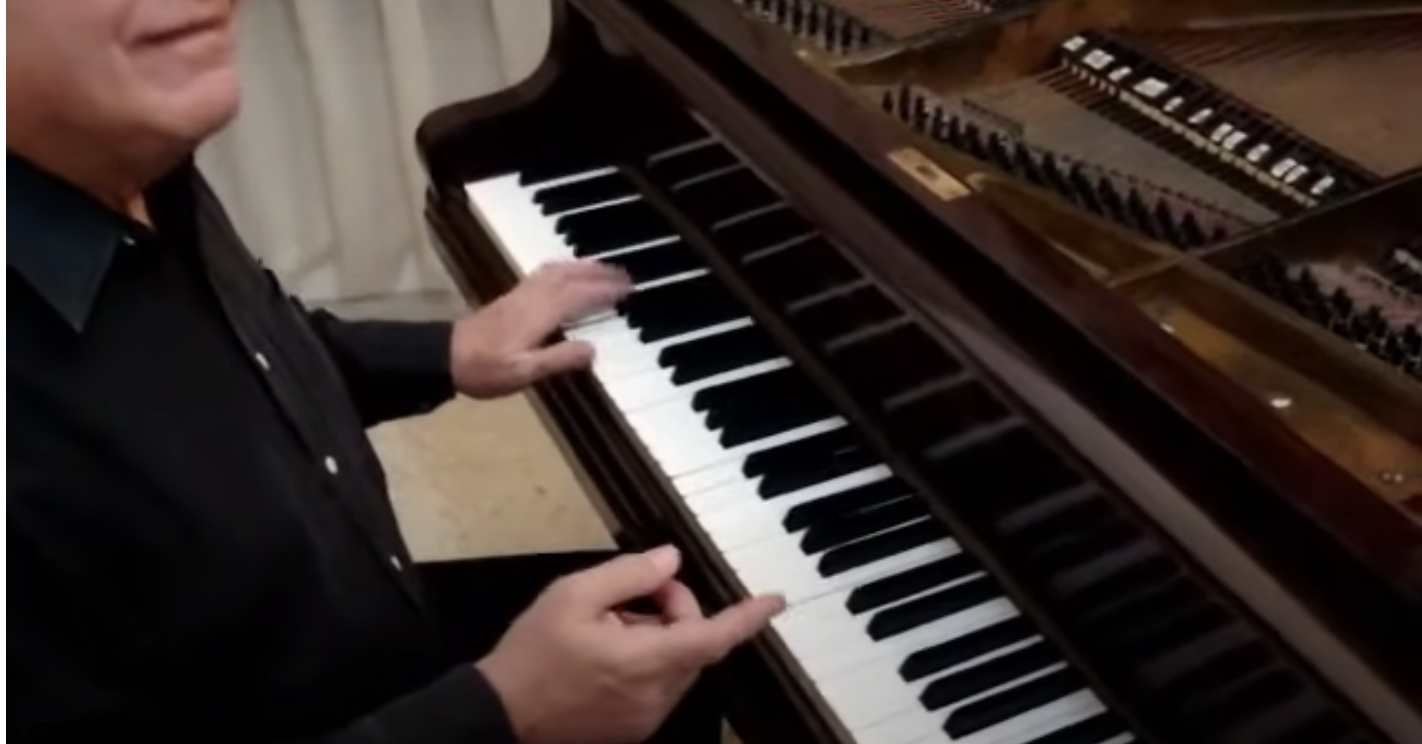
Tango styles & rhythms
A brief chronology of Tango at the hands of maestro Mario Marzán, showing its different styles and rhythms.

Tango Nuevo
Starting in the 1990s in Buenos Aires, the Tango Investigation Group (later transformed into the Cosmotango organization) founded by Gustavo Naveira and Fabian Salas applied the principles of dance kinesiology from modern dance to analyze the physics of movement in Argentine tango. Taking what they learned from this analysis they then began to explore all the possibilities of movement within the framework of Argentine Tango.
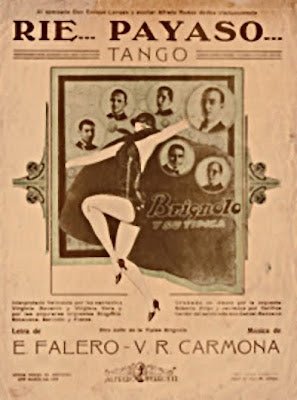
Rie Paysano
Rie Payaso is a wonderfully exciting tango. It's both playful and upbeat, but as so often in tango; lyrically it's telling quite a somber story. Written by Virgilio Carmona & Emilio Luis Ramon Falero in 1929, the song is based around the character Canio from the 1892 Italian opera "Pagliacci" (Clowns) by Ruggero Leoncavallo.
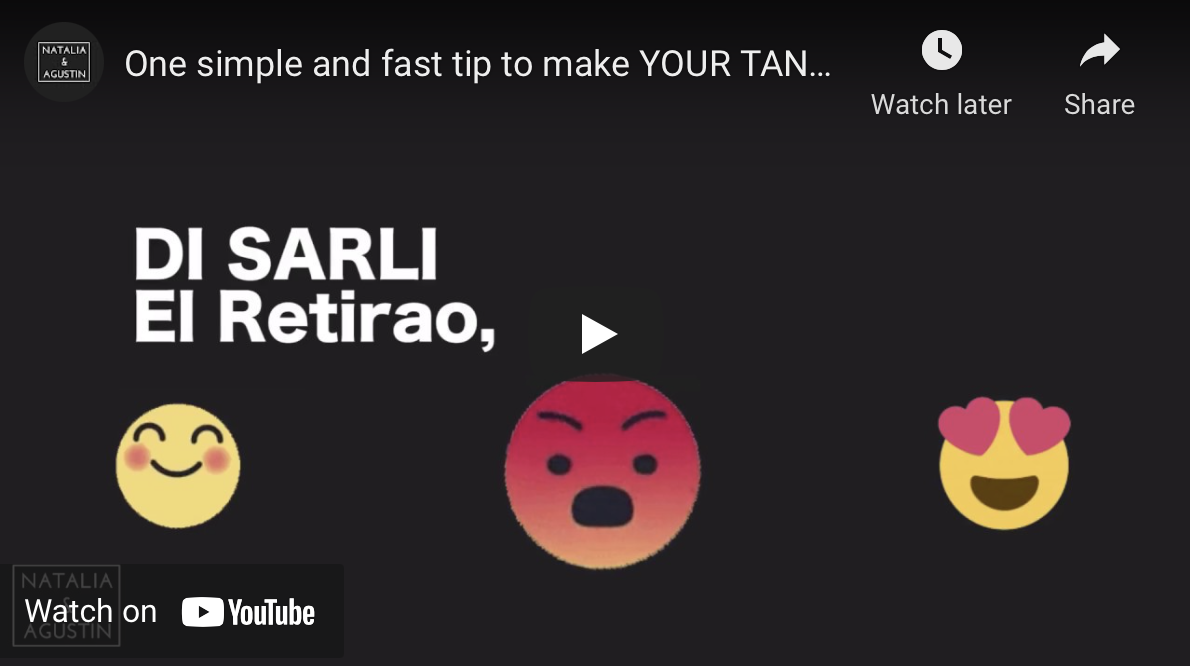
An ear for Tango?
Do you recognize the musical signatures through the years of the Golden era?

Siempre Es Carnaval
I started thinking about tango lyrics when one of my teachers told me about one of his performances; he explained how his partner (who wasn’t a native Spanish speaker, he emphasized), didn’t listen to the lyrics and ended up smiling hugely through the depressingly sad song they were dancing to. My teacher described this as an example of how we need to understand the lyrics to fully understand the song, because even songs that sound happy and upbeat could be sending a different message entirely.
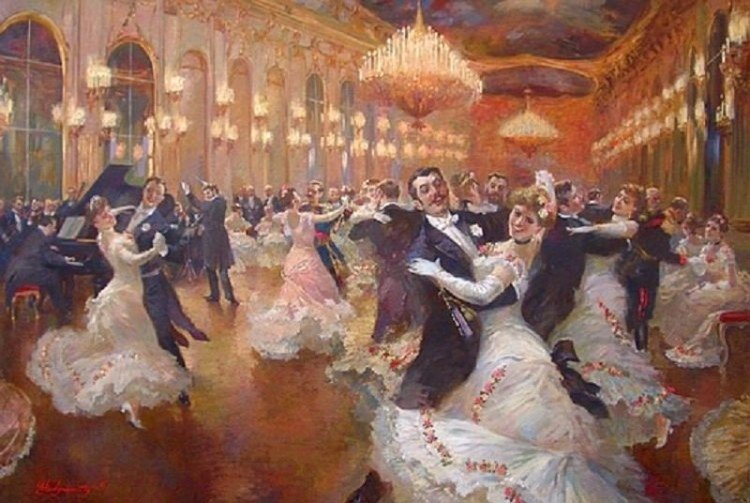
The Three Faces of Tango
Tango emerged by mixing the music of the gauchos' rural milonga and the polka & waltz of the European immigrants with the African-Argentine dances in the melting pot that was Buenos Aires. The tango was shaped by and for the foreigner, the estranged, the disenfranchised, and it still revolves around the intimate connections between people, their communities and the intermixing of a plethora of international cultures.
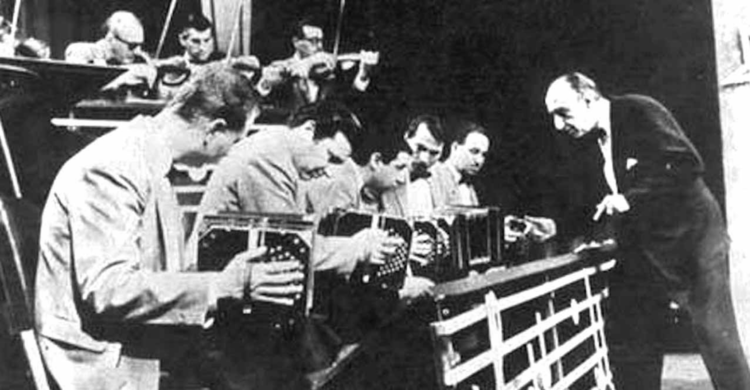
The Golden Age
Tango music can be traced back to the 1850s, but during the Guardia Nueva period, (1925-1935) Tango dancing had started to decline. The musicians began focusing less on the beat and more on the melodies as people were buying records and listening to tango on the radio. Dancing was no longer the primary concern.
